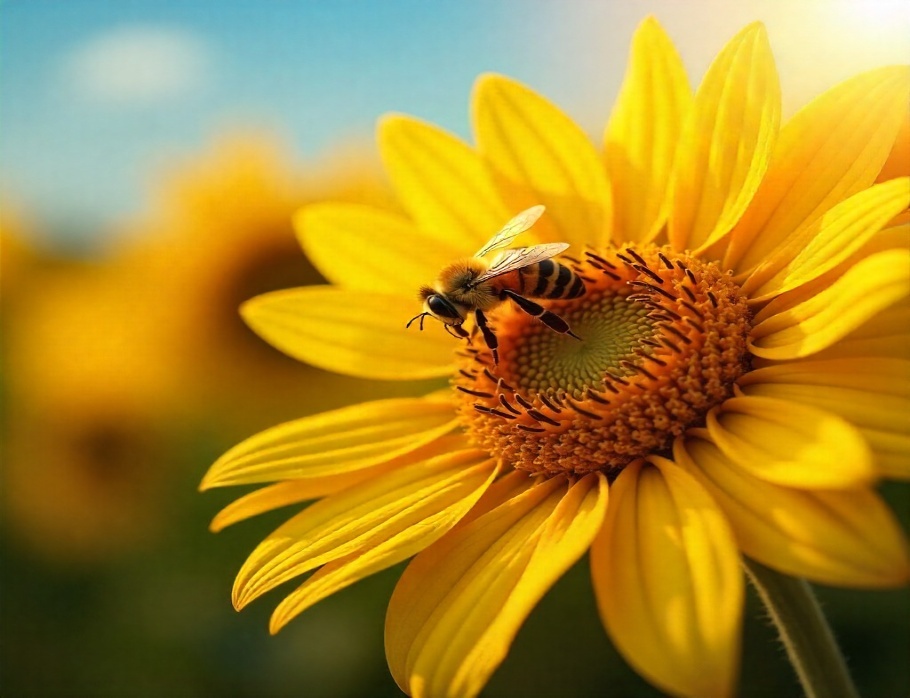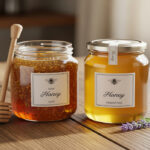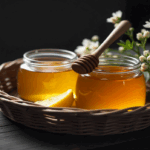Get ready to be amazed by these 10 fascinating facts about honeybees that will change the way you see these tiny pollinators!
-
Pollination Powerhouses
Honeybees are vital for pollinating food crops and ornamental plants. By transferring pollen from a plant’s male to female parts, they help plants grow and thrive. -
Science Superstars
Honeybees are the second most studied species after humans, with countless scientific studies exploring their behavior and biology. -
Queen-Making Magic
If a queen bee dies, workers select a newly hatched larva and feed it royal jelly, transforming it into a fertile queen to lead the hive. -
Wing-Beating Wonders
That buzzing sound? It’s honeybees flapping their wings an incredible 11,400 times per minute! -
Stinging Specifics
Male drones can’t sting, and queens rarely do, preferring to stay near the hive. Worker bees, however, may sting to defend their home. -
Taste Sensations
Honeybees taste with their front feet, mouth, jaw, and antennae, which have over 300 taste receptors. Their five eyes also help them navigate their world. -
Queen Rules All
The queen bee lays eggs for the next generation and releases chemicals that guide the worker bees’ behavior, keeping the hive in harmony. -
Climate Control Experts
Honeybees maintain a cozy 93–95°F in their hive year-round. In cold weather, they huddle to generate heat and seal gaps with propolis. In heat, they fan water to cool the hive like a natural AC system. -
Honey Heists
When food is scarce, bees may “rob” honey from other hives. If an intruder picks up the hive’s scent, it can sneak in undetected—otherwise, guard bees sting invaders to death. -
Hexagonal Genius
Honeycombs’ hexagonal cells are engineering marvels—space-efficient, strong, and able to support heavy loads with no wasted space.




